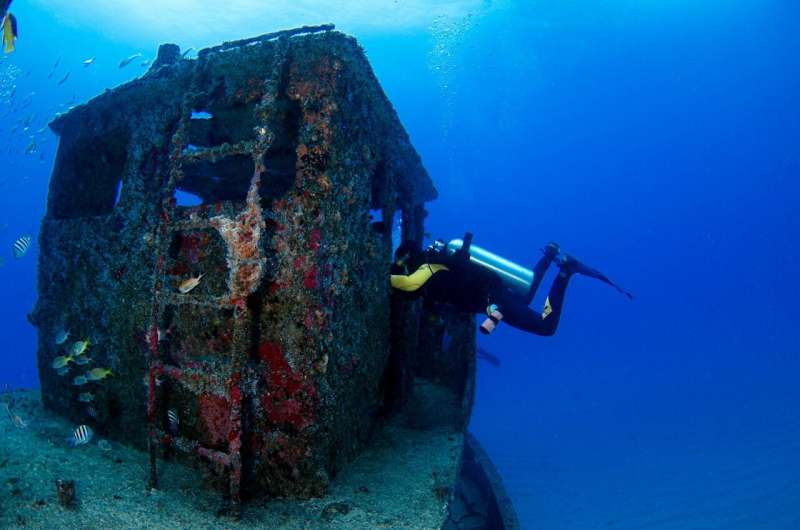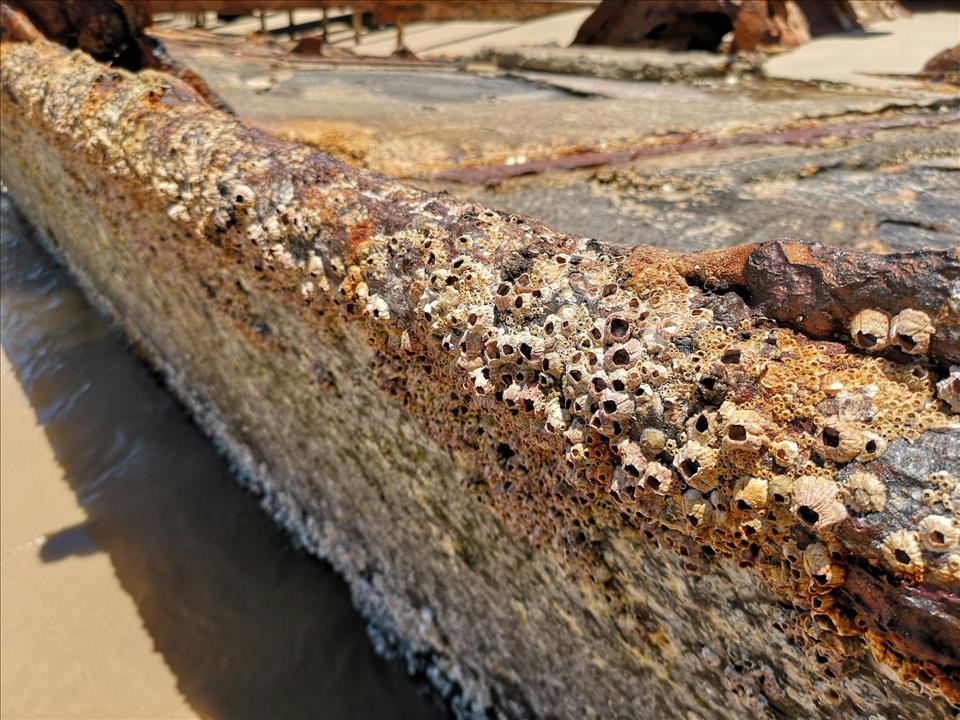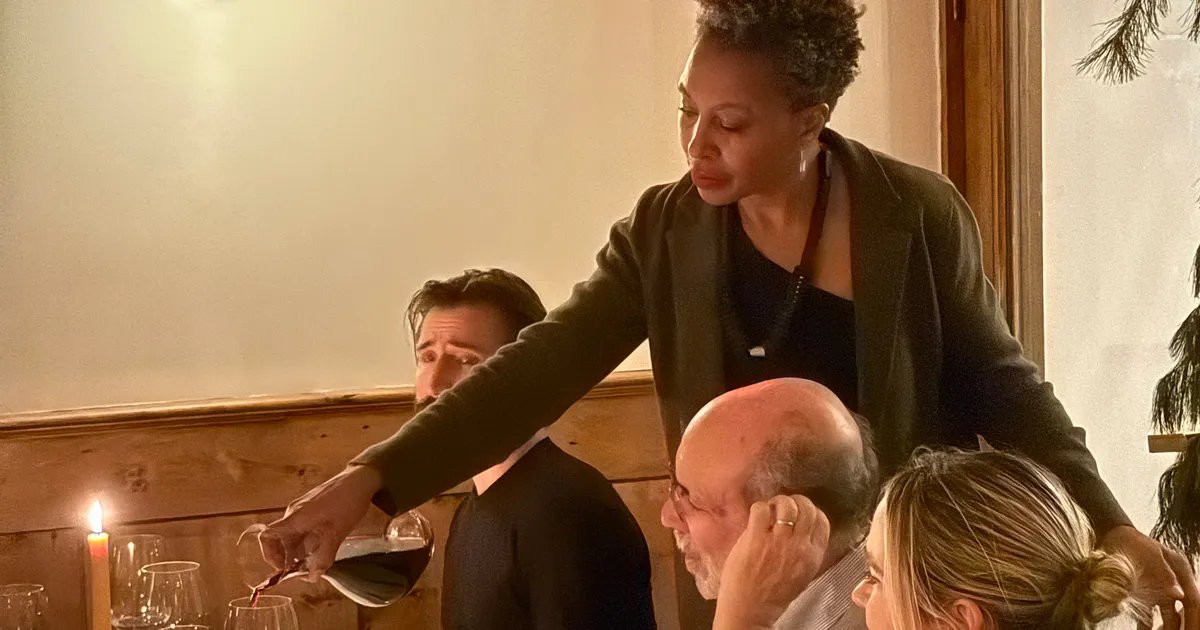Rust is typically seen as an inconvenience when it appears on cars or bicycles, but in the ocean, it serves a different role. When metal enters seawater, it undergoes corrosion and biofouling—where marine organisms such as barnacles, seaweed, and sea squirts attach to its surface.
These processes are interconnected, as corroded surfaces are more susceptible to biofouling, which in turn accelerates corrosion. Over time, these interactions contribute to the formation of diverse ecosystems, particularly around shipwrecks and offshore energy structures like wind turbines.
Corrosion and Biofouling Interact to Shape Marine Ecosystems and Enhance Biodiversity Growth
Corrosion occurs when metal reacts with elements in seawater, such as oxygen, forming compounds like iron oxide, which we recognize as rust. This process releases metal ions into the water, some of which can be toxic in high concentrations. However, structural metals generally contain low levels of harmful elements like mercury or lead.
In many cases, corroded metal structures actually create beneficial environments for marine organisms, encouraging biodiversity and offering new surfaces for marine life to grow.

Research by marine scientist Tamsin Dobson has shown that biofouling can significantly worsen corrosion. Larger marine organisms, such as barnacles, attach to metal using a strong adhesive secretion. As they grow, they reduce oxygen levels beneath them, triggering chemical reactions that produce highly corrosive hydrochloric acid.
Additionally, certain bacteria contribute to corrosion by breaking down metal surfaces. These rough, corroded surfaces then provide more secure attachment points for marine life, encouraging further biofouling and intensifying the cycle.
Corroded Structures Create Hotspots for Marine Life, Enhancing Biodiversity and Ecosystem Resilience
Corroded structures play a crucial role in the dispersal and settlement of marine larvae. When biofouling organisms reproduce, their larvae are carried by ocean currents until they find a suitable surface to attach to. Corroded metal, with its rough texture and protective crevices, provides an ideal environment for these larvae to settle and grow. The presence of multiple corroded structures in a given area leads to an interconnected network of marine habitats, facilitating the spread of marine communities across different locations.
Marine ecosystem modeler Molly James has used computer models to map how ocean currents distribute larvae, forming “hotspots” of marine life. These natural gathering points present opportunities for conservation efforts, such as creating artificial reefs or marine protected areas. By placing corroded structures in these hotspots, scientists can enhance biodiversity and support marine food chains, ultimately strengthening the resilience of ocean ecosystems. In this way, what is often seen as a problem—rust and corrosion—can actually contribute to marine life and ocean health.


